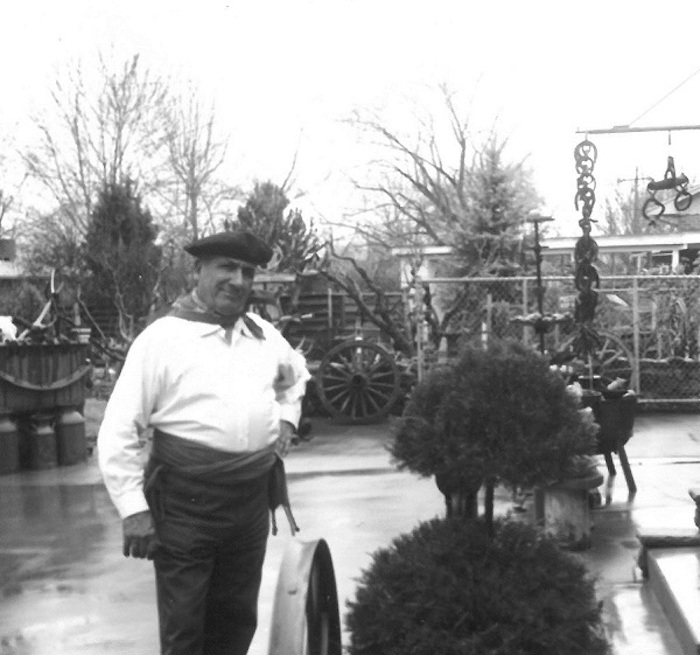Going back through our blog articles where frontones feature (often as the lead) serves to ratify a perception, that they are a key element to project Basque culture, and oftentimes a demonstration of how Basques have settled in wherever the fontones are built.
We’ve found frontones in New Caledonia,Saint Pierre et Miquelon, Oregon, and Réunion. We discovered the passion for the frontón that Doroteo Arango Arámbula, aka “Pancho Villa” had, as well as a pelotari school in the Republic of Togo. We were thrilled to find out that at the 1901 inauguration of the Jai Alai court in Havana that the song “Gernika Arbola” was played. There was even a frontón in an Apple advertisement.
The latest news we got was about a frontón in the tiny town of Trebonne, in northern Queensland, in Australia. It’s been restored and is now on the list of Australian Cultural Heritage.
And now we’re back to talk about frontones from far outside our borders. In this case, it’s one built by Basque rancher Jean Urruty in 1978 in Grand Junction, Colorado. We discovered this story thanks to an article by Nancy Lofholm in The Colorado Sun.
This frontón was about to be torn down, but thanks to the Basque community’s actions, not only has it been saved, it’s now on its way to being cataloged as a historical monument by History Colorado. This just goes to prove how active and committed our Basque communities abroad are; they’ve even come together at the Colorado Euskal Etxea.
Jean Urruty


As for Jean Urruty, we found a lot of information, including his biography (automatic translation), and a series of recordings. We’ve also found an article by Shirley Kelly in The Fence Post, which we’ve included at the end of this entry, which explains that he was the owner of the flock of sheep being watched over by the protagonist of the documentary “The Basque Sheepherder” that we shared back in 2016. It turns out, our stories about shepherds are easy to find all over the world.
The Colorado Sun – 13/2/2023 – USA
Grand Junction wanted to knock down a storied Basque handball court. Now, the city wants to preserve it forever.
A Basque handball court that escaped close calls with destruction in its nearly half-century existence is on track to be listed as a unique historic feature in Colorado. After a few more official steps, Plaza Urrutia is set to be added to the Colorado State Register of Historic Properties.
(Follow) (Automatic translation)
The Fence Post – 2/5/2011 – USA
Salute to the Sheep-me
eir origin is still a mystery … their language is not related to any other tongue … yet they have not lost their identity or traditions. The Basque Fathers and Forefathers migrated to this country from the Pyrenees Mountain Ranges of the rugged border country of France and Spain. They came as Sheepherders – with their dogs, hard work and sacrifices they became sheep-masters. Sheep were first introduced in the Grand valley in 1852 and many immigrants migrated to this country and settled in sheep country areas of Colorado, eastern Oregon, southern Idaho, Nevada, and California. They also tried in various cattle States, but were run off or killed by the cattle Barons of that era.
(Follow) (Automatic translation)
Header photo: Frontón in Gran Junction, Colorado (photo by Colorado Euskal Etxea)
Last Updated on Feb 15, 2023 by About Basque Country





























